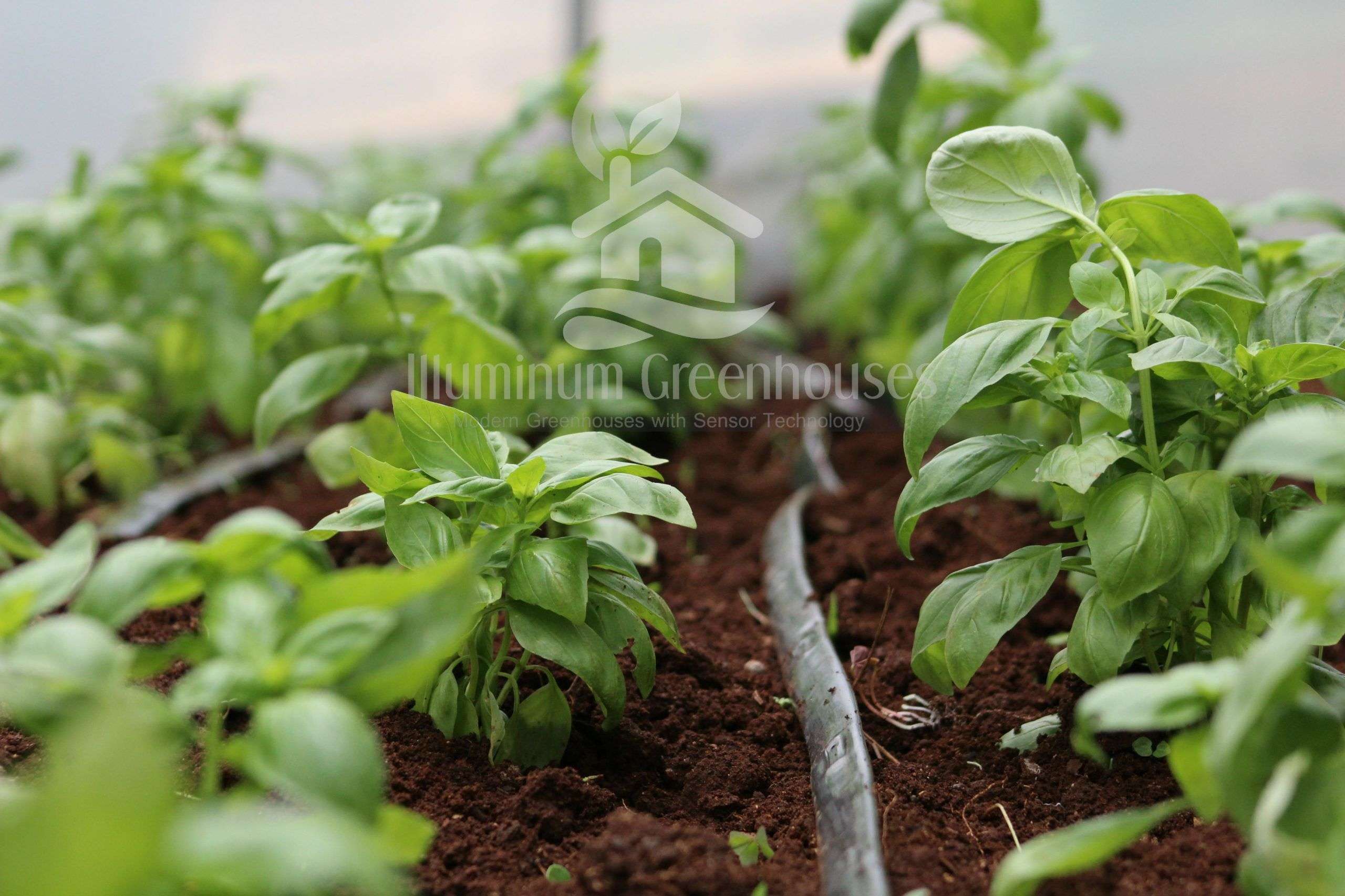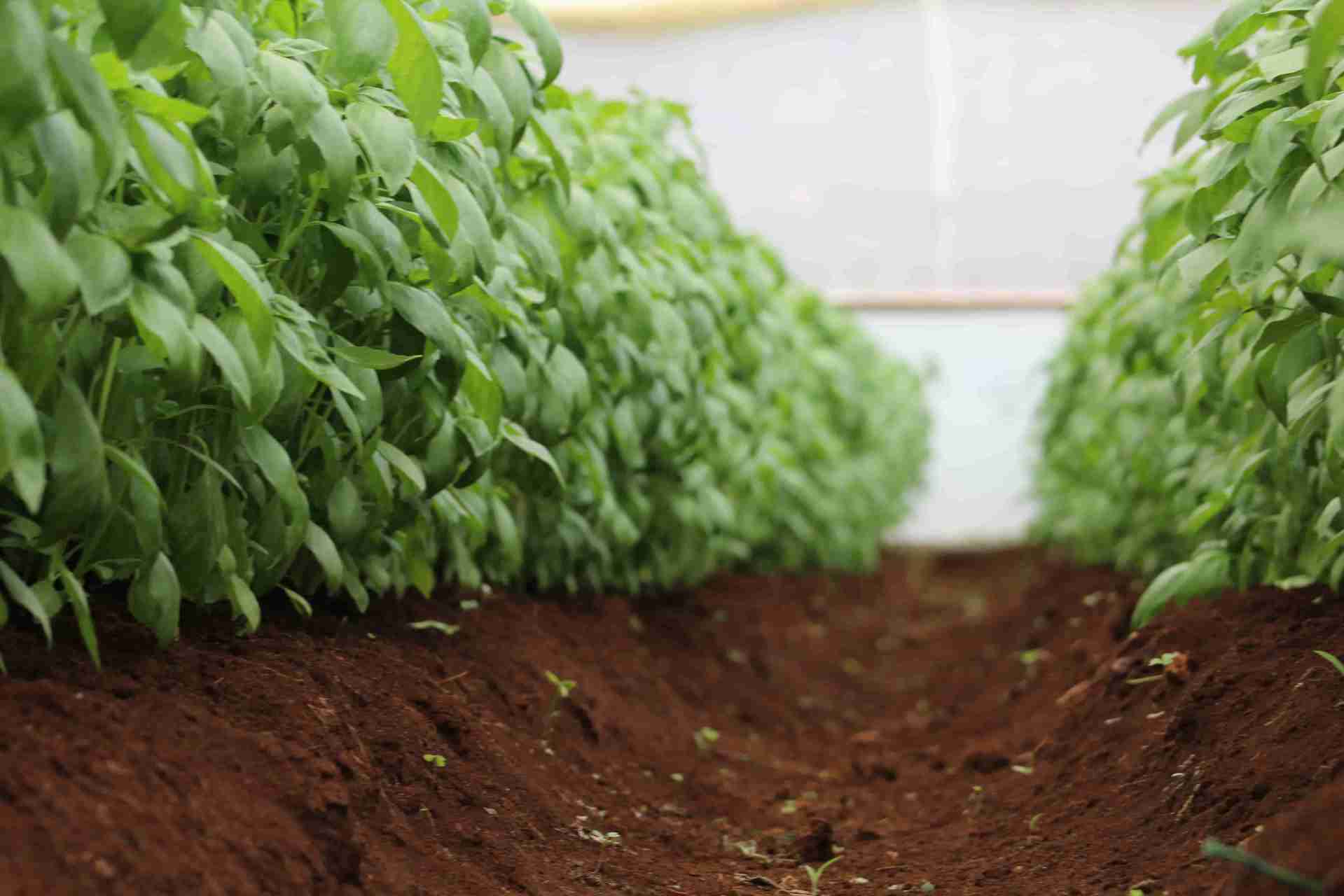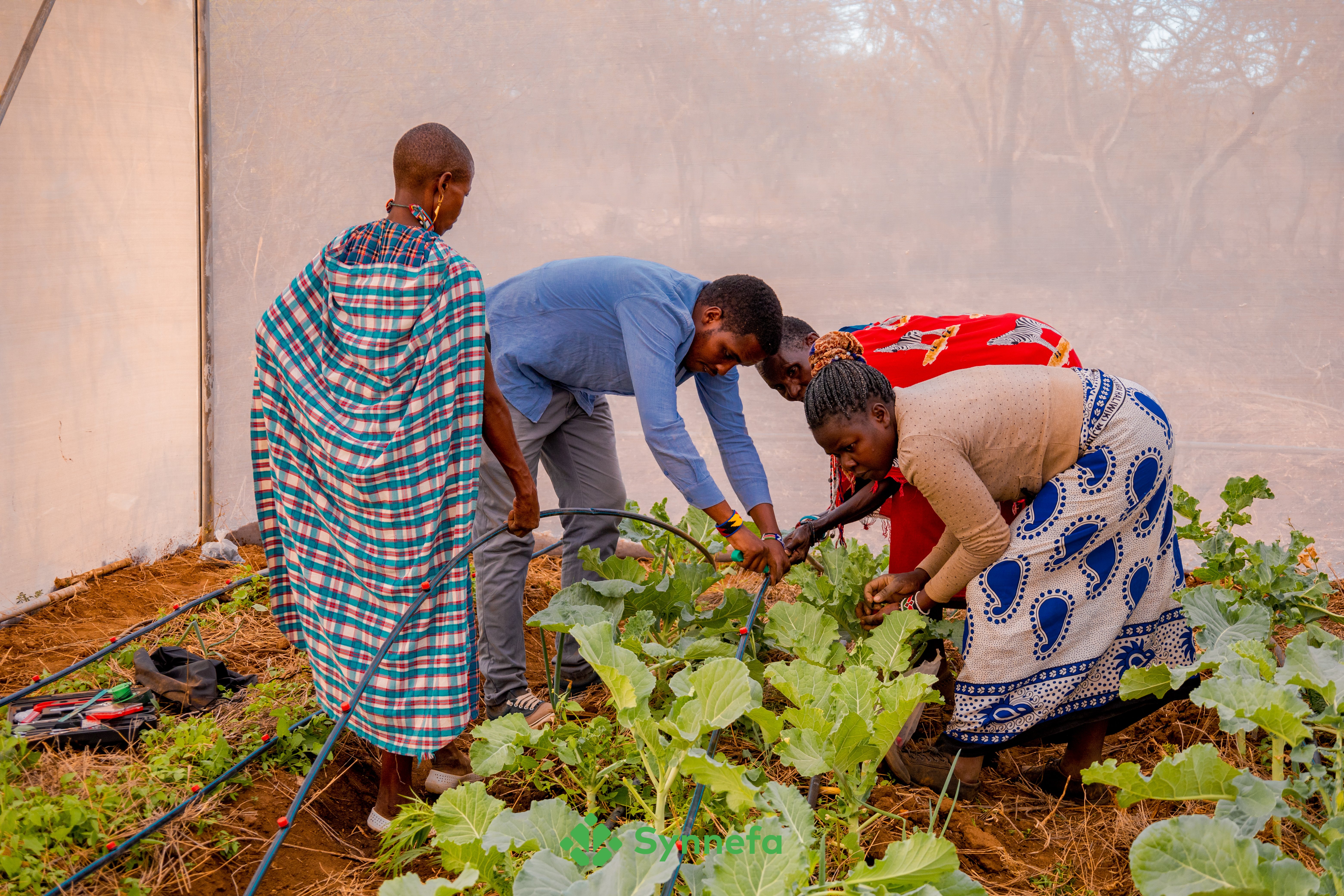Why do we crop rotate?

Growing the same crop year-in-year-out builds up levels of any soil borne pathogen of that crop that may be present. The population gradually accumulates such that it becomes difficult to grow that crop without yield losses. Farmers may resort the “easiest” method they are presented with; pesticides. Research has shown that chemicals have harmful effects on the soil and the on the organisms found in the soil; let’s not even get into the harmful effects on humans.
Since we don’t want to be named the ungrateful generation that destroyed the soil and all hope (food wise) for next generation, we encourage safer methods in agriculture. One of the oldest, organic techniques that have been used to minimise pathogens in the soil is Crop Rotation. It’s actually a proven and recommended technique by most soil testing laboratories here in Kenya. Crop rotation entails alternating between plants from different family groups. This will gradually reduce the amount of the pest population present in the soil.
Some pathogens that cause crop diseases survive in the soil from year to year in one form or the other. Rotating from host crops to non-host crops prevents the buildup of large populations of pathogens. First, you have to know whether there are pathogens present in the soil which can be achieved through a simple soil test. We use Crop Nutrition laboratory here in Nairobi. The good thing about their reports is that they state the level of infection and the recommendations for each. Among the recommendations is crop rotation. For crop rotation to work efficiently the farmer has to alternate between crops from different FAMILY GROUPS.
The table below gives a rough idea of some of the popular crops grown here in Kenya that are in the same family group.
Say the soil tests positive for Fusarium oxysporum which affects plants in the Solanaceae family, one may advised to start with the plants in the Alliaceae family in the first season, grow crops in the Brassicaceae for the second season, plant crops in the Cucurbitaceae family in the third season then grow crops in the Solanaceae family in the fourth season. It’s important to note that recommendations differ depending on the infection level.
However, some pathogens have been known to live in the soil for longer periods of time, therefore, it’s advised to test the soil after each season to know the level of infection in the soil.



